In recent years, the trade relationship between China and Turkey has flourished, making sea freight an increasingly popular choice for businesses looking to import goods efficiently and cost-effectively. As a cornerstone of international logistics, sea freight enables the transportation of large quantities of cargo over long distances, providing a reliable solution that aligns with the demands of global trade. This article delves into the numerous benefits of sea freight from China to Turkey, exploring its cost-effectiveness, capacity for large shipments, and the processes involved. Additionally, we will address common challenges faced in sea freight logistics and highlight emerging trends that are shaping the future of this essential shipping method.
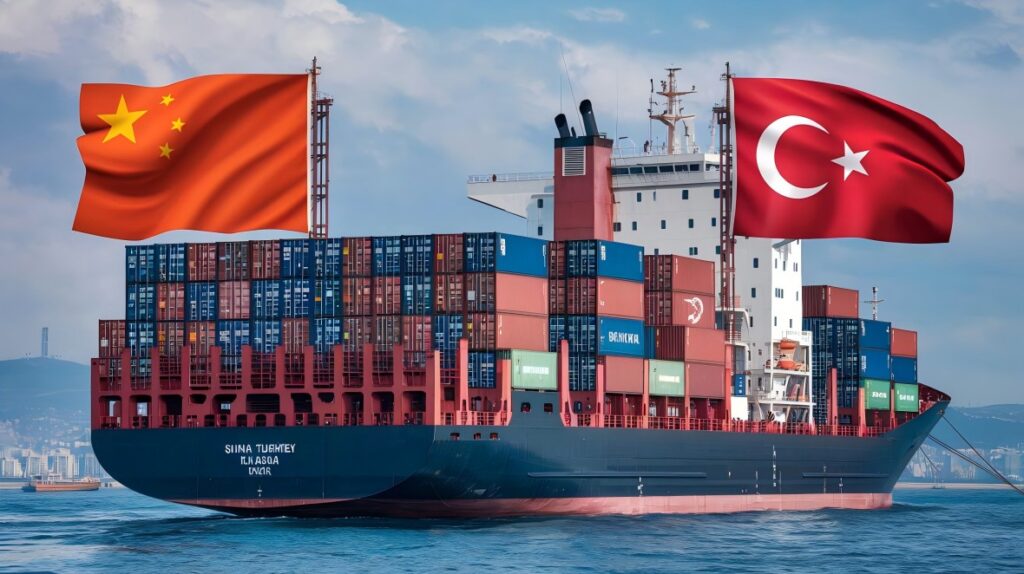
Understanding Sea Freight: A Comprehensive Overview
Sea freight refers to the transportation of goods and cargo via ocean vessels. This method is primarily used for large quantities of goods that need to be shipped over long distances. Goods transported using sea freight can include raw materials, manufactured products, and even large machinery. Here are some key characteristics:
-
Containerization: Goods are packed into standardized shipping containers, making loading and unloading more efficient. This allows for better protection and handling of items.
-
Types of Carriers: Various types of vessels are utilized in sea freight, including container ships, bulk carriers, and roll-on/roll-off ships. The choice of vessel depends on the type of cargo and shipping requirements.
-
Transit Time: Sea freight typically involves longer transit times compared to air freight. Depending on the distance and route, shipments from China to Turkey can take several weeks.
-
Cost-Effectiveness: As sea freight has lower shipping costs per unit compared to air transport, it is often the preferred option for bulk shipments.
The Importance of Sea Freight in Global Trade
Sea freight is vital for sustaining the flow of international trade. It accounts for approximately 90% of global trade in terms of volume. The following points illustrate its significance:
| Aspect | Description |
|---|---|
| Cost Efficiency | Sea freight offers lower per-unit costs, making it ideal for bulk shipments. |
| Capacity | Ships can carry large volumes of cargo, accommodating diverse types of goods. |
| Environmental Impact | Generally, sea freight has a lower carbon footprint compared to air freight, making it a more sustainable option. |
| Versatility | Capable of transporting a wide range of goods, from perishables to heavy machinery. |
| Trade Facilitation | Essential for connecting global markets, enabling businesses to source products from distant locations. |
Given the strategic location of Turkey as a bridge between Europe, Asia, and the Middle East, sea freight plays a crucial role for businesses looking to import goods from China. It not only enhances the logistics capabilities but also fosters economic growth by facilitating trade between these regions.
For those looking to import goods from China to Turkey, Dantful International Logistics provides comprehensive sea freight solutions tailored to meet your specific needs. With a commitment to delivering high-quality and cost-effective services, Dantful ensures that your goods reach their destination safely and efficiently. Explore the world of sea freight with Dantful, your trusted international logistics partner for seamless shipping solutions.
Shipping From China to Middle East Countries:
- Shipping from China to Saudi Arabia
- Shipping from China to UAE
- Shipping from china to KUWAIT
- Shipping From China To EGYPT
- Shipping from China to Bahrain
- Shipping From China To Jordan
- Shipping From China To Israel
- Shipping from China to Qatar
- Shipping From China To IRAQ
- Shipping from China to Iran
Advantages of Sea Freight from China to Turkey
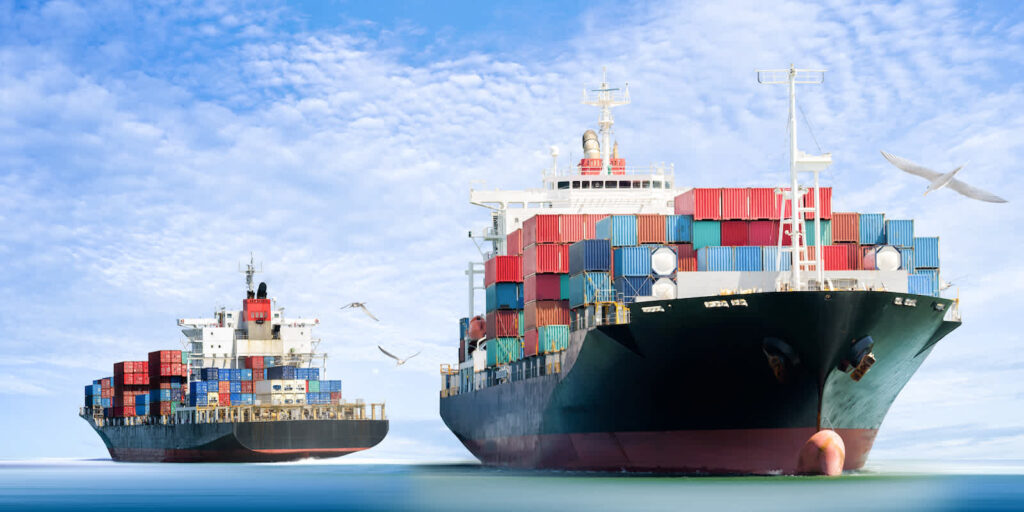
Sea freight offers numerous benefits for businesses looking to import goods from China to Turkey. Understanding these advantages can help companies make informed decisions regarding their logistics strategies.
Cost-Effective
One of the primary advantages of utilizing sea freight is its cost-effectiveness. The shipping rates for sea freight are significantly lower than those for air freight, especially when transporting large volumes of goods. This is particularly beneficial for businesses importing bulk items or products with lower profit margins. Sea freight allows for substantial savings on logistics costs, which can be critical for maintaining competitive pricing in the marketplace.
Accommodates Large Shipments
Sea freight is uniquely suited for transporting large quantities of goods. With the capacity to carry thousands of containers at once, ocean vessels can handle bulky and heavy shipments that would be unfeasible for air transport. This capability is especially advantageous for manufacturers and retailers importing products in bulk, as they can consolidate shipments and optimize their supply chain operations.
Versatile Container Options
Shipping via sea freight provides a variety of container options tailored to different types of cargo. Depending on the nature of the goods being shipped, businesses can select from standard containers, refrigerated containers (for perishables), or specialized containers for oversized items. This flexibility ensures that all types of products are accommodated, maximizing efficiency during transport.
| Container Type | Description |
|---|---|
| Standard Containers | General-purpose containers suitable for most cargo. |
| Refrigerated Containers | Temperature-controlled containers for perishable goods. |
| Flat Rack Containers | Ideal for oversized cargo that cannot fit in standard containers. |
| Open Top Containers | Useful for tall items that need to be loaded from above. |
Reliable Transit Times
While sea freight may have longer transit times compared to air freight, it still offers reliable schedules. Most shipping lines operate on set schedules, allowing importers to plan their logistics effectively. With proper planning and selection of the right shipping routes, businesses can anticipate the arrival of their goods and manage their inventory efficiently.
Environmentally Friendly
Sea freight is often considered the most environmentally friendly shipping method. According to the International Maritime Organization, shipping produces significantly less carbon dioxide (CO2) emissions per ton of cargo compared to air freight. The reduction in emissions is crucial for businesses looking to enhance their sustainability practices. Furthermore, many shipping companies are adopting greener technologies, such as more fuel-efficient ships and cleaner fuels, to minimize their environmental impact.
Reduced Risk of Damage
When goods are transported via ocean freight, they are typically loaded into containers that offer robust protection against external elements. This containment greatly reduces the risk of damage during transit. Additionally, the handling processes involved in sea freight are often more systematic than those in air freight, which can lead to fewer accidents or mishandling incidents. As a result, businesses can have greater peace of mind knowing their products are secured throughout the shipping journey.
The Process of Shipping via Sea Freight
Understanding the shipping process is essential for businesses looking to navigate the complexities of sea freight effectively. A structured approach can ensure smooth operations from start to finish.
Step-by-Step Guide to Sea Freight Shipping
-
Preparation and Documentation: Gather all necessary documents, including commercial invoices, packing lists, and certificates of origin. Ensure compliance with Turkish import regulations.
-
Select a Freight Forwarder: Choosing a reliable freight forwarder, such as Dantful International Logistics, can simplify the shipping process. They can assist with logistics planning, customs clearance, and documentation.
-
Cargo Pickup and Packaging: Arrange for the transportation of goods to the port of departure. Ensure that all items are properly packaged to prevent damage during transit.
-
Booking Space on a Vessel: Coordinate with your freight forwarder to book space on a suitable vessel, taking into account factors like shipping schedules and container availability.
-
Customs Clearance: Ensure all customs paperwork is completed for both exports from China and imports into Turkey. Your freight forwarder can facilitate this process.
-
Loading and Transit: Once cleared, the cargo is loaded onto the vessel. Track the shipment during transit for real-time updates on its status.
-
Unloading and Delivery: Upon arrival at the destination port in Turkey, the cargo is unloaded and goes through customs clearance. Arrange for transportation to the final destination.
Choosing the Right Freight Forwarder

Selecting the right freight forwarder is a critical decision for successfully navigating the sea freight process. Look for a freight forwarder that offers:
-
Expertise in Sea Freight: A provider with experience in sea freight logistics, especially for routes between China and Turkey.
-
Comprehensive Services: Consider freight forwarders that offer a wide range of services, including customs clearance, insurance, and warehousing solutions.
-
Reputation and Reviews: Research customer reviews and testimonials to gauge the reliability and quality of service provided by the freight forwarder.
-
Transparent Pricing: Look for a freight forwarder that offers clear pricing structures with no hidden fees.
Dantful International Logistics stands out as a highly professional and cost-effective logistics service provider, dedicated to supporting global traders in their sea freight operations. For seamless shipping solutions, consider partnering with Dantful to enhance your logistics experience from China to Turkey.
Dantful International Logistics Services:
- Dantful Ocean Freight Services
- Air Freight From China
- Amazon FBA Freight Forwarding
- WAREHOUSE Services
- One-Stop Customs Clearance Solution
- Cargo Insurance Services in China
- DDP Shipping Services By Dantful Logistics
- Out of Gauge Cargo Transportation Shipping Services
Sea Freight Costs from China to Turkey
Understanding the cost structure of sea freight is essential for businesses planning to import goods from China to Turkey. Various factors influence the overall shipping costs, and being aware of these can help in budgeting and optimizing logistics strategies.
Breakdown of Sea Freight Costs
| Cost Component | Description |
|---|---|
| Freight Charges | The base cost of shipping goods, which varies based on the shipping line, route, and seasonality. |
| Container Fees | Costs associated with using containers, including rental and handling fees. |
| Port Charges | Fees charged by ports for loading, unloading, and storage of containers. These can differ significantly between ports in China and Turkey. |
| Customs Clearance Fees | Charges incurred during customs processing, which may include documentation fees and duties. |
| Insurance Costs | Optional but recommended, this covers potential losses or damages during transit. While usually calculated as a percentage of the cargo value, various policies are available. |
| Inland Transportation | Costs involved in transporting goods to and from the port, including trucking or rail charges. |
Estimated Costs
While costs can vary based on several factors, the following table provides a general estimate of typical shipping costs for sea freight from China to Turkey. Please note that these are indicative and can fluctuate based on market conditions.
| Container Size | Estimated Cost (USD) | Transit Time (Days) |
|---|---|---|
| 20ft Container | $1,200 – $2,500 | 20 – 40 |
| 40ft Container | $2,000 – $4,500 | 20 – 40 |
Factors such as the type of goods being shipped, seasonality, and fluctuations in fuel prices can greatly impact these costs. It is advisable to consult with freight forwarders for tailored quotes based on specific shipping needs.
Cost-Effective Strategies
To mitigate shipping costs, consider the following strategies:
-
Consolidate Shipments: Combine multiple smaller shipments into one larger container to benefit from economies of scale.
-
Choose the Right Port: Research and select ports of entry that may offer lower handling or port fees.
-
Negotiate Rates: Work with your freight forwarder to negotiate better rates based on shipping volume or regular shipments.
By being informed about the various components that contribute to sea freight costs, businesses can make strategic decisions that optimize their logistics expenses when shipping from China to Turkey.
Sea Freight Transit Times from China to Turkey
Transit times are a crucial factor for businesses considering sea freight for importing goods. Understanding the typical transit durations from China to Turkey can aid in planning and inventory management.
Estimated Transit Times
| Port of Departure | Port of Arrival | Estimated Transit Time (Days) |
|---|---|---|
| Shanghai | Istanbul | 25 – 35 |
| Shenzhen | Mersin | 20 – 30 |
| Ningbo | Izmir | 25 – 40 |
| Guangzhou | Trabzon | 30 – 45 |
Transit times can vary based on several factors:
-
Shipping Route: Different shipping routes have varying distances and potential delays. Direct routes generally offer the fastest transit times.
-
Weather Conditions: Seasonal weather patterns, such as typhoons or storms, can affect travel times and cause delays.
-
Port Congestion: High traffic at ports may lead to delays during loading and unloading. Monitoring port conditions can help mitigate this risk.
-
Customs Processing: Time required for customs clearance in both exporting and importing countries can also affect transit times.
Planning for Transit Times
To effectively manage supply chains and inventory, businesses should consider:
-
Buffer Times: Factor in additional days for unexpected delays, ensuring that inventory levels remain stable.
-
Shipping Schedules: Work with your freight forwarder to select shipping schedules that align with your business needs and peak demand periods.
By understanding the estimated transit times and their influencing factors, businesses can better plan their logistics operations, ensuring timely delivery of goods from China to Turkey. Dantful International Logistics is equipped to provide precise transit time estimates and help streamline the shipping process, ensuring that your goods arrive when needed.
Challenges and Solutions in Sea Freight Logistics
The realm of sea freight logistics is not without its challenges. Businesses looking to import goods from China to Turkey must navigate various obstacles that can impact their operations. Identifying these challenges and implementing effective solutions is crucial for maintaining efficiency and ensuring a smooth shipping process.
Common Challenges in Sea Freight Logistics
- Customs Regulations
- Challenge: Customs regulations can be complex and vary significantly between countries. Non-compliance can lead to delays, fines, or even seizure of goods.
- Solution: Engaging a knowledgeable freight forwarder, like Dantful International Logistics, can help navigate the intricacies of customs documentation and ensure compliance with all regulations.
- Port Congestion
- Challenge: Major ports often face congestion due to high shipping volumes, leading to delays in loading and unloading.
- Solution: Monitoring port conditions and choosing alternative ports, when feasible, can help mitigate delays. Additionally, advanced planning and scheduling with your freight forwarder can optimize operations around peak times.
- Weather Conditions
- Challenge: Inclement weather, such as storms or typhoons, can disrupt shipping schedules and cause delays.
- Solution: Employing real-time tracking technologies allows businesses to stay informed about weather conditions and adjust shipping routes or schedules proactively.
- Rising Shipping Costs
- Challenge: Fluctuations in fuel prices and increasing port fees can contribute to rising shipping costs.
- Solution: Cost analysis and regular negotiations with freight forwarders can help secure competitive rates. Businesses should also consider optimizing their shipping volumes to take advantage of economies of scale.
- Supply Chain Coordination
- Challenge: Coordinating various stakeholders in the supply chain can be complex, especially when timing and communication are critical.
- Solution: Utilizing integrated logistics software can enhance visibility and streamline communication among suppliers, freight forwarders, and customs brokers. This ensures that all parties remain informed and aligned throughout the shipping process.
Future Trends in Sea Freight from China to Turkey
The landscape of sea freight is evolving rapidly, influenced by technological advancements and shifting market dynamics. Understanding these trends can help businesses make strategic decisions for future operations.
The Impact of Technology on Sea Freight Efficiency
- Automation and Digitalization
- The introduction of automated systems and digital platforms is transforming how logistics operate. Automation in warehousing, container handling, and documentation processing can significantly reduce human error and increase efficiency. For example, electronic data interchange (EDI) allows for seamless information sharing between parties, expediting customs clearance processes.
- Blockchain Technology
- Blockchain is increasingly being adopted in logistics for enhanced transparency and security. By providing a decentralized ledger of transactions, blockchain technology can streamline documentation and improve traceability, helping to mitigate issues such as fraud and cargo theft.
- IoT and Real-Time Tracking
- The Internet of Things (IoT) facilitates real-time tracking of cargo, providing businesses with valuable insights into their shipments’ location and condition. Sensors can monitor temperature, humidity, and shock, ensuring that sensitive goods are transported under optimal conditions.
- Sustainability Initiatives
- There is a growing emphasis on sustainability in the logistics industry. Shipping companies are investing in greener technologies, such as fuel-efficient vessels and alternative energy sources. This shift not only meets regulatory requirements but also aligns with consumer demand for environmentally responsible practices.
Predictions for Sea Freight Growth
- Increasing Trade Volumes
- With global trade projected to continue growing, particularly between Asia and Europe, sea freight volumes are expected to rise. As Turkey solidifies its position as a critical logistical hub connecting different markets, the demand for sea freight services will likely grow.
- Emergence of New Trade Routes
- The Belt and Road Initiative (BRI) is expected to create new trade opportunities and routes between China and Turkey, enhancing connectivity and boosting sea freight traffic. This initiative aims to improve infrastructure and facilitate smoother trade processes.
- Adoption of Advanced Analytics
- Businesses will increasingly leverage advanced analytics to optimize their supply chain operations. Data-driven decision-making will enable companies to forecast demand more accurately, manage inventory levels, and enhance overall operational efficiency.
- Resilience Against Disruptions
- In response to recent disruptions caused by global events, businesses are focusing on building resilient supply chains. This includes diversifying suppliers, increasing stockpiles, and enhancing logistics flexibility to withstand potential future shocks.
By adapting to these trends and embracing innovative solutions, businesses can enhance their operational efficiency in sea freight logistics, ensuring success in the evolving landscape of international trade from China to Turkey. For those looking to leverage these advancements, Dantful International Logistics offers expertise and resources to navigate the complexities of global shipping efficiently.
FAQs
1. What is sea freight and how does it work?
Sea freight refers to the transportation of goods via ocean vessels, typically in standardized shipping containers. It is primarily used for large quantities of cargo over long distances, such as importing goods from China to Turkey. The process involves several steps, including documentation preparation, selecting a freight forwarder, booking space on a vessel, customs clearance, and delivery to the final destination.
2. What are the advantages of sea freight over air freight?
Sea freight is generally more cost-effective for transporting large volumes of goods due to lower per-unit shipping costs. It can accommodate larger shipments, offers versatile container options, and is considered more environmentally friendly. Additionally, while transit times are longer, they tend to be reliable with set shipping schedules.
3. How long does sea freight from China to Turkey typically take?
Transit times vary based on factors such as the port of departure and arrival, shipping route, and potential delays. Generally, shipments can take anywhere from 20 to 45 days depending on the specific ports involved.
4. What costs should I expect when using sea freight?
Several cost components contribute to sea freight expenses, including freight charges, container fees, port charges, customs clearance fees, insurance costs, and inland transportation. Estimated shipping costs can range from $1,200 to $4,500 depending on the size of the container.
5. How can I mitigate shipping costs when using sea freight?
To lower shipping costs, businesses can consolidate shipments, choose the right ports with lower fees, negotiate rates with freight forwarders, and optimize shipping volumes to benefit from economies of scale.
6. What challenges might I face when shipping via sea freight?
Common challenges include navigating complex customs regulations, port congestion, unpredictable weather conditions, rising shipping costs, and coordinating various stakeholders in the supply chain. Engaging a reliable freight forwarder, like Dantful International Logistics, can help address these challenges.

Young Chiu is a seasoned logistics expert with over 15 years of experience in international freight forwarding and supply chain management. As CEO of Dantful International Logistics, Young is dedicated to providing valuable insights and practical advice to businesses navigating the complexities of global shipping.
The other language versions of this article
- استكشاف فوائد الشحن البحري من الصين إلى تركيا – دانتفول
- Ontdek de voordelen van zeevracht van China naar Turkije
- Découvrir les avantages du fret maritime de la Chine vers la Turquie
- Die Vorteile der Seefracht von China in die Türkei erkunden
- Esplorare i vantaggi del trasporto marittimo dalla Cina alla Turchia
- Explorando los beneficios del transporte marítimo desde China a Turquía
- Explorando os benefícios do frete marítimo da China para a Turquia
- Изучение преимуществ морских перевозок из Китая в Турцию
- Çin’den Türkiye’ye Deniz Taşımacılığının Avantajlarını Keşfetmek

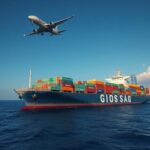

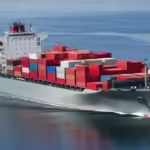
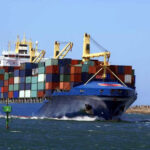
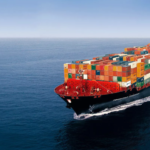

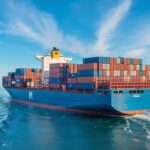




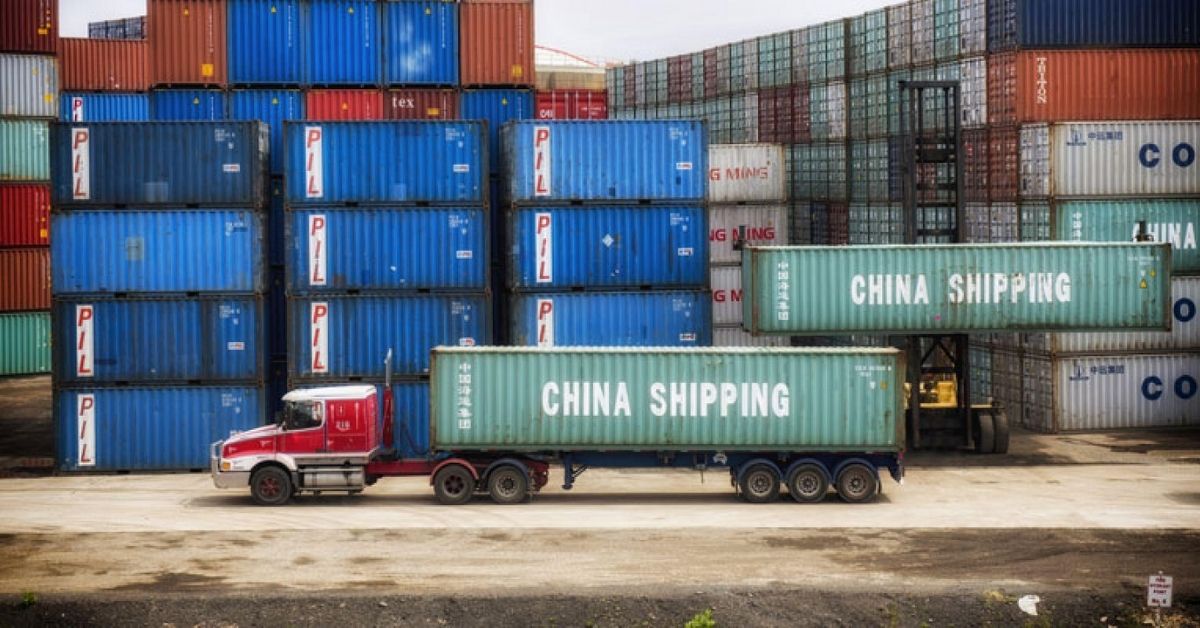
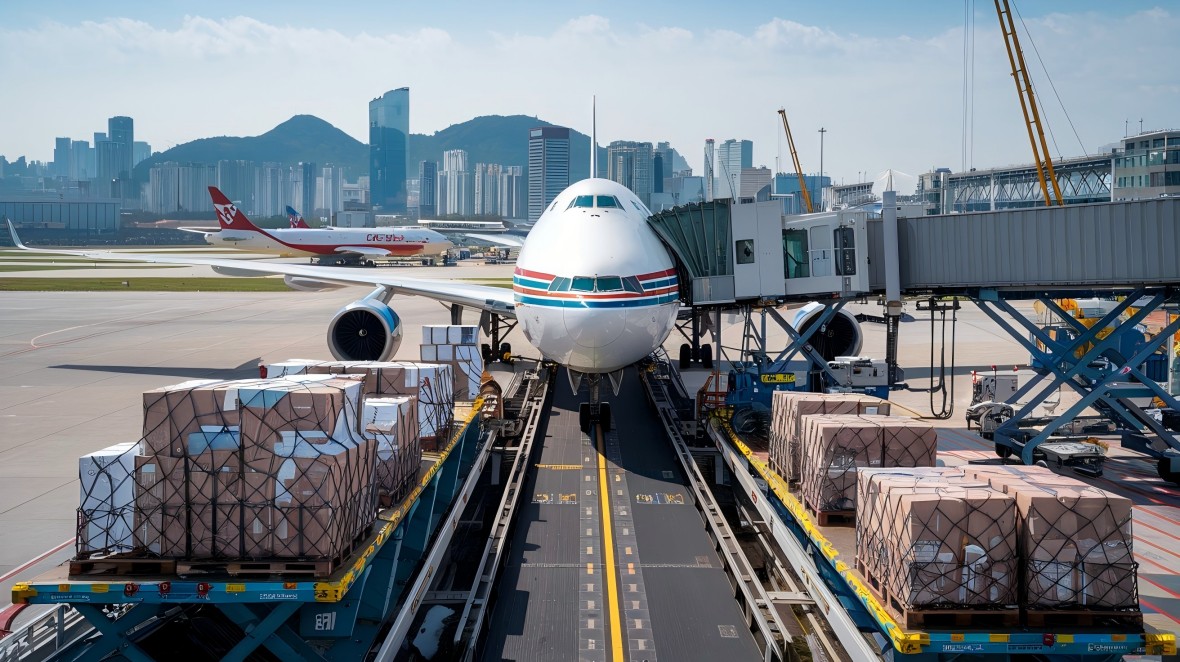
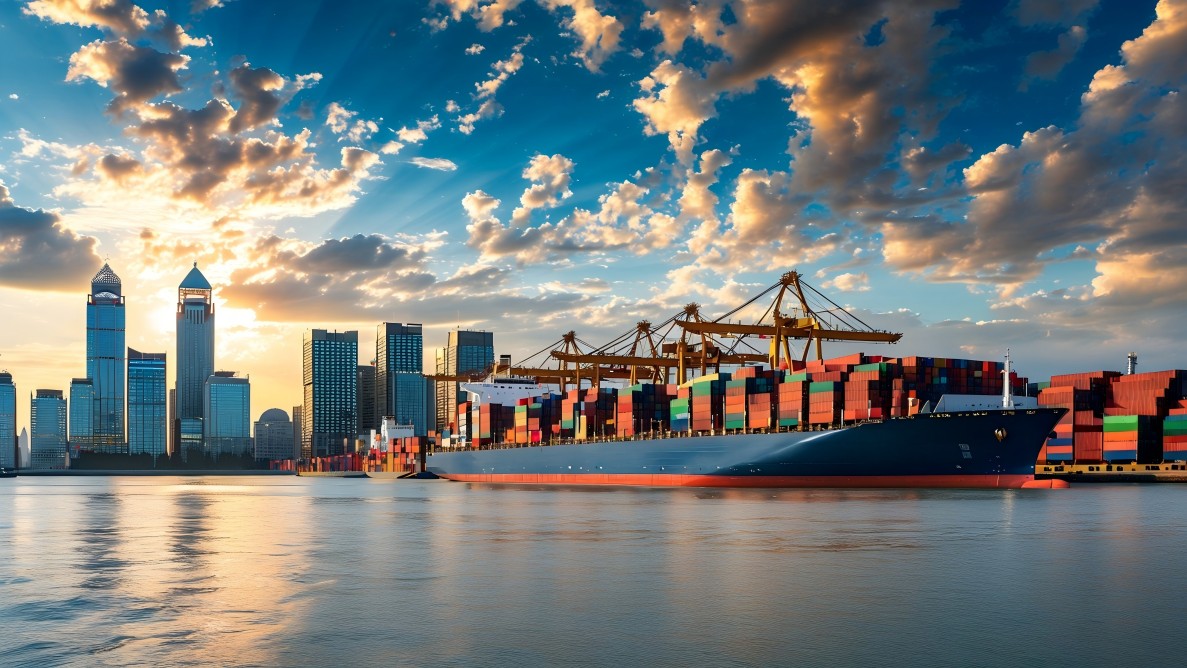
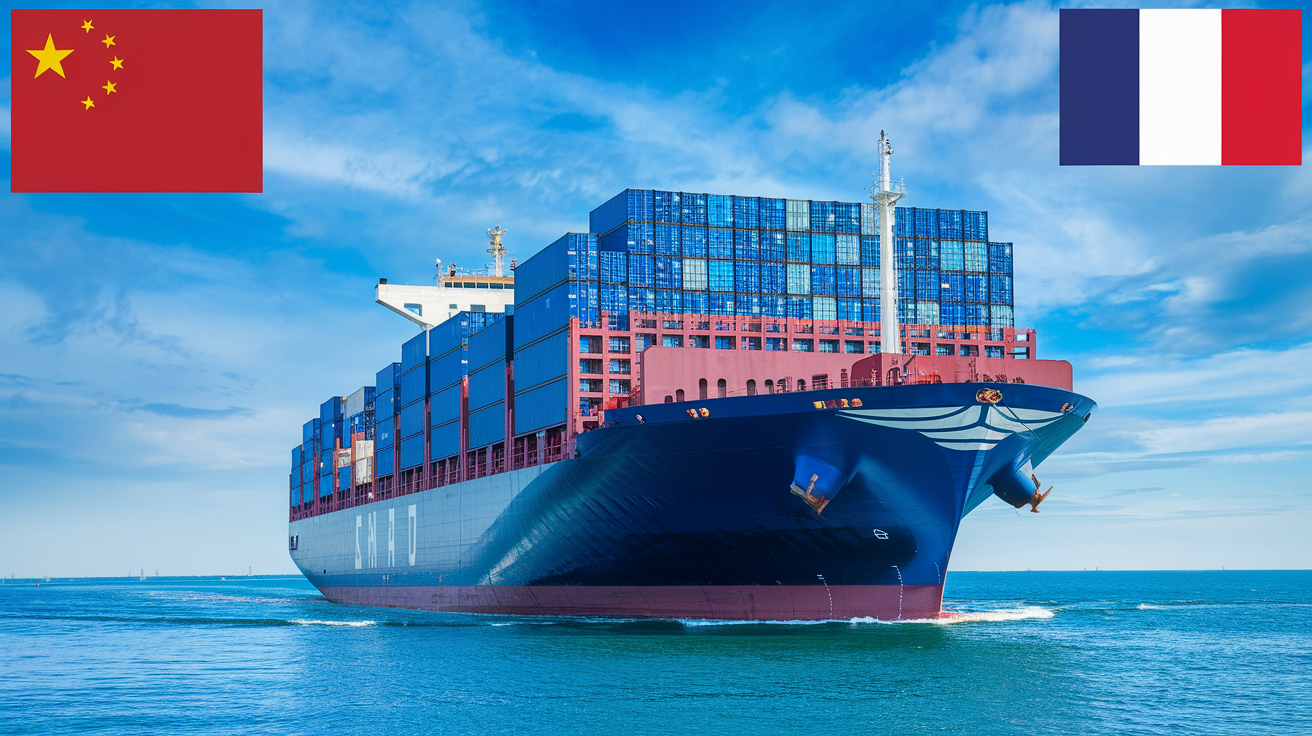





 Afrikaans
Afrikaans Shqip
Shqip አማርኛ
አማርኛ العربية
العربية Հայերեն
Հայերեն Azərbaycan dili
Azərbaycan dili Euskara
Euskara Беларуская мова
Беларуская мова বাংলা
বাংলা Bosanski
Bosanski Български
Български Català
Català Cebuano
Cebuano Chichewa
Chichewa 简体中文
简体中文 繁體中文
繁體中文 Corsu
Corsu Hrvatski
Hrvatski Čeština
Čeština Dansk
Dansk Nederlands
Nederlands English
English Esperanto
Esperanto Eesti
Eesti Filipino
Filipino Suomi
Suomi Français
Français Galego
Galego ქართული
ქართული Deutsch
Deutsch Ελληνικά
Ελληνικά Kreyol ayisyen
Kreyol ayisyen Harshen Hausa
Harshen Hausa Ōlelo Hawaiʻi
Ōlelo Hawaiʻi עִבְרִית
עִבְרִית हिन्दी
हिन्दी Hmong
Hmong Magyar
Magyar Íslenska
Íslenska Igbo
Igbo Bahasa Indonesia
Bahasa Indonesia Gaeilge
Gaeilge Italiano
Italiano 日本語
日本語 Basa Jawa
Basa Jawa ಕನ್ನಡ
ಕನ್ನಡ Қазақ тілі
Қазақ тілі ភាសាខ្មែរ
ភាសាខ្មែរ 한국어
한국어 كوردی
كوردی Кыргызча
Кыргызча ພາສາລາວ
ພາສາລາວ Latin
Latin Latviešu valoda
Latviešu valoda Lietuvių kalba
Lietuvių kalba Lëtzebuergesch
Lëtzebuergesch Македонски јазик
Македонски јазик Malagasy
Malagasy Bahasa Melayu
Bahasa Melayu മലയാളം
മലയാളം Maltese
Maltese Te Reo Māori
Te Reo Māori मराठी
मराठी Монгол
Монгол ဗမာစာ
ဗမာစာ नेपाली
नेपाली Norsk bokmål
Norsk bokmål پښتو
پښتو فارسی
فارسی Polski
Polski Português
Português ਪੰਜਾਬੀ
ਪੰਜਾਬੀ Română
Română Русский
Русский Samoan
Samoan Gàidhlig
Gàidhlig Српски језик
Српски језик Sesotho
Sesotho Shona
Shona سنڌي
سنڌي සිංහල
සිංහල Slovenčina
Slovenčina Slovenščina
Slovenščina Afsoomaali
Afsoomaali Español
Español Basa Sunda
Basa Sunda Kiswahili
Kiswahili Svenska
Svenska Тоҷикӣ
Тоҷикӣ தமிழ்
தமிழ் తెలుగు
తెలుగు ไทย
ไทย Türkçe
Türkçe Українська
Українська اردو
اردو O‘zbekcha
O‘zbekcha Tiếng Việt
Tiếng Việt Cymraeg
Cymraeg יידיש
יידיש Yorùbá
Yorùbá Zulu
Zulu